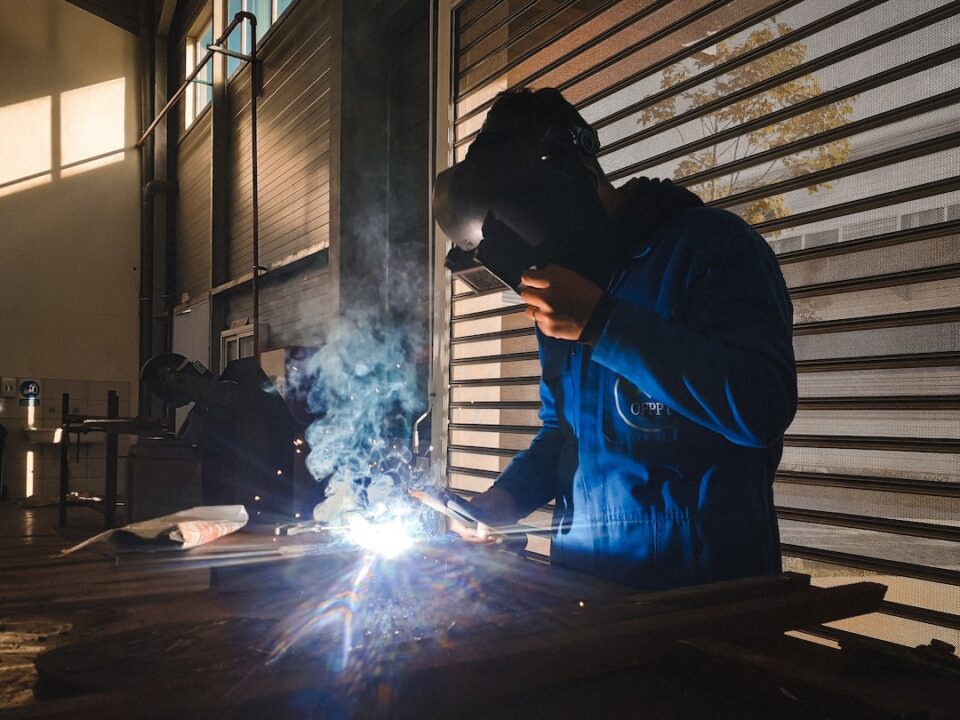Revolutionizing Manufacturing with 3D Printing
The manufacturing industry has witnessed substantial advancements over the years, with the introduction of automation and technology making processes faster and more efficient. One significant development that has revolutionized manufacturing is the advent of 3D printing. Also known as additive manufacturing, 3D printing has transformed traditional manufacturing methods by enabling the creation of complex objects and prototypes in a matter of hours.
In essence, 3D printing involves the layer-by-layer building of a three-dimensional object using a digital file as a blueprint. This technology eliminates the need for molds, tooling, and assembly lines, drastically reducing production costs and lead times. Additionally, it allows for the creation of customized products and parts tailored to individual needs, providing a level of personalization that was previously unimaginable.
One of the key advantages of 3D printing is its versatility. It is capable of producing objects of various shapes, geometries, and sizes, making it suitable for a broad range of industries. From aerospace and automotive to healthcare and fashion, 3D printing has found applications in almost every sector.
In the aerospace industry, for example, 3D printing has been instrumental in the production of lightweight and high-performance parts. By utilizing advanced materials such as titanium alloys, manufacturers can design and manufacture intricate components that were previously unattainable. This not only reduces the weight of aircraft but also improves fuel efficiency and lowers maintenance costs.
In the medical field, 3D printing has opened up new possibilities for personalized healthcare solutions. Surgeons can now create patient-specific models of complex anatomical structures, allowing them to plan and practice surgeries with greater precision. Furthermore, the technology has enabled the production of customized medical devices, such as prosthetics and implants, tailored to fit individual patients perfectly.
The automotive industry has also embraced 3D printing as a means to enhance efficiency and reduce costs. By employing 3D printing for prototyping, car manufacturers can rapidly iterate designs and make improvements without incurring significant expenses. Additionally, this technology enables the production of lightweight parts and components, contributing to improved fuel economy and performance.
Beyond its industrial applications, 3D printing has had a profound impact on the field of design and creativity. Artists and designers now have a powerful tool at their disposal to turn their ideas into tangible objects. Sculptors can create intricate sculptures with ease, fashion designers can prototype and produce unique garments, and architects can build accurate scale models of their designs, allowing clients to visualize the end product more effectively.
While 3D printing has undoubtedly revolutionized manufacturing, it is not without its limitations. The technology is still relatively slow compared to traditional manufacturing methods, and the production of large-scale objects can be time-consuming. However, as the technology continues to evolve, these limitations are likely to diminish, making 3D printing even more accessible and efficient.
As the cost of 3D printers continues to decline, the technology is becoming increasingly accessible to smaller businesses and even individuals. This democratization of manufacturing empowers entrepreneurs and inventors to create prototypes and bring their ideas to life without the need for substantial resources. It also fosters innovation by enabling rapid iteration and experimentation, allowing for faster product development cycles.
In conclusion, 3D printing has ushered in a new era of manufacturing by revolutionizing traditional production methods. Its ability to create complex objects quickly and cost-effectively has found applications in a wide array of industries. From aerospace and healthcare to automotive and design, 3D printing has transformed the way we manufacture and design products. With advancements in technology and increasing accessibility, the potential of 3D printing is truly limitless, promising a future of innovation and customization.

